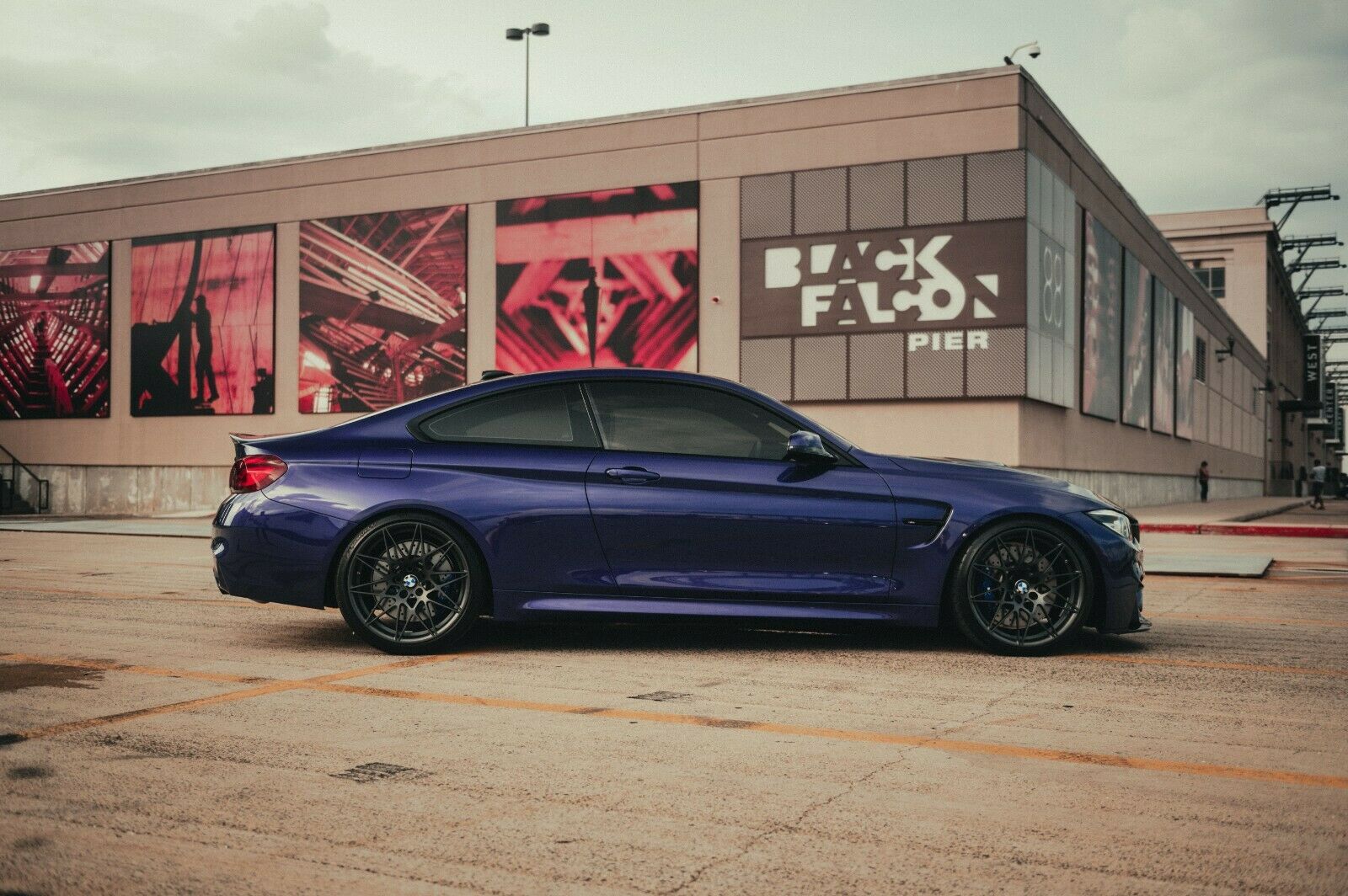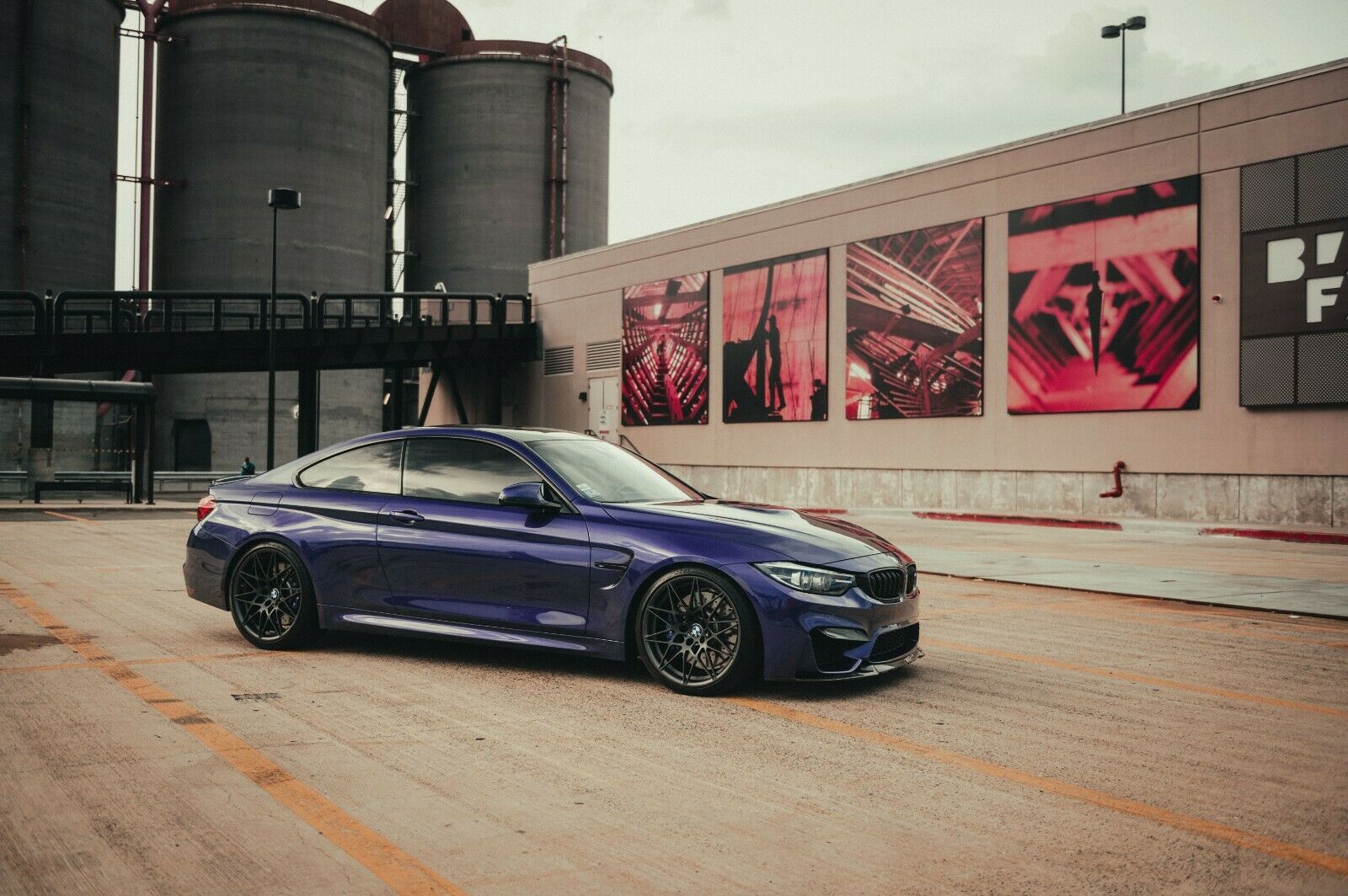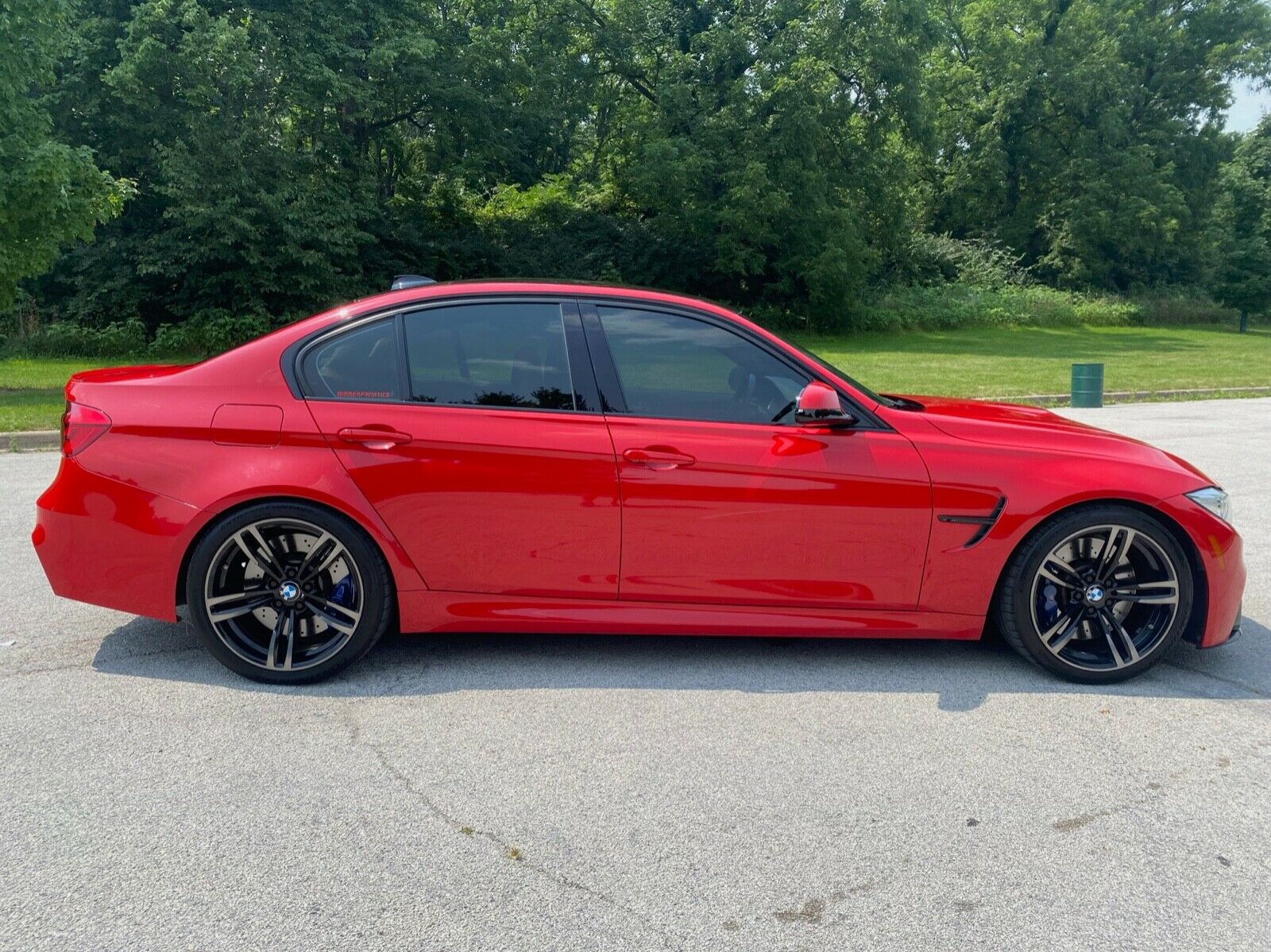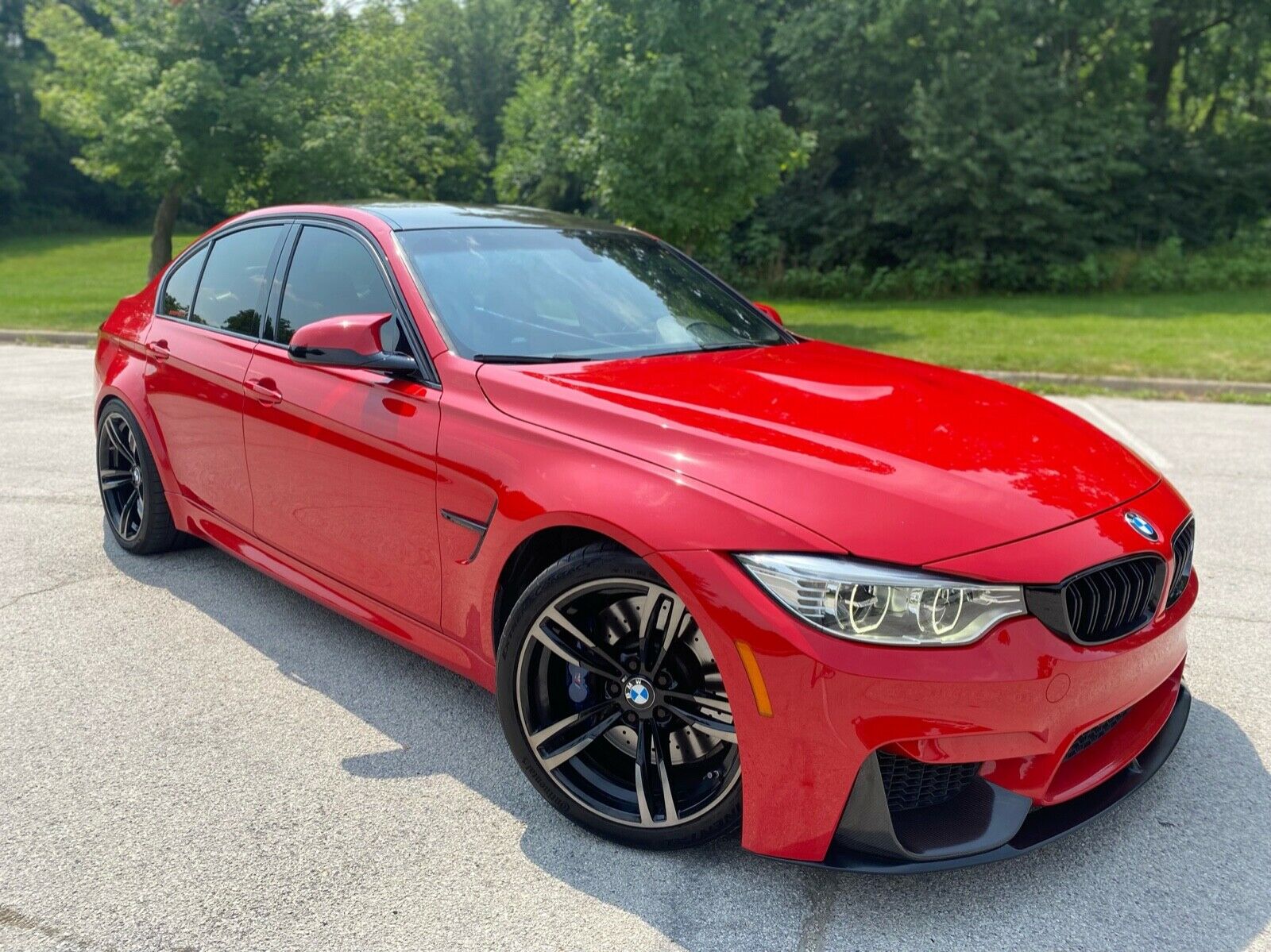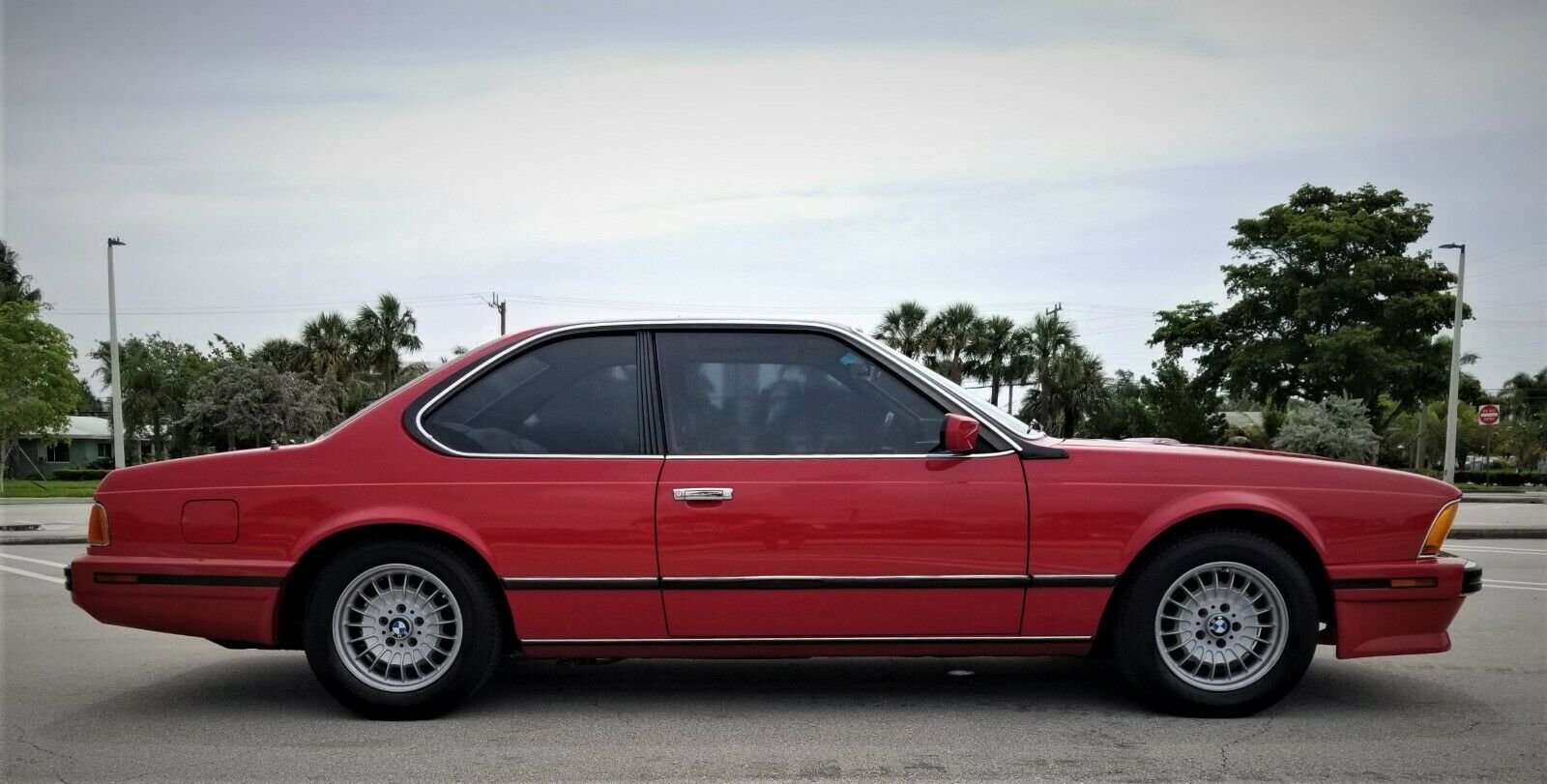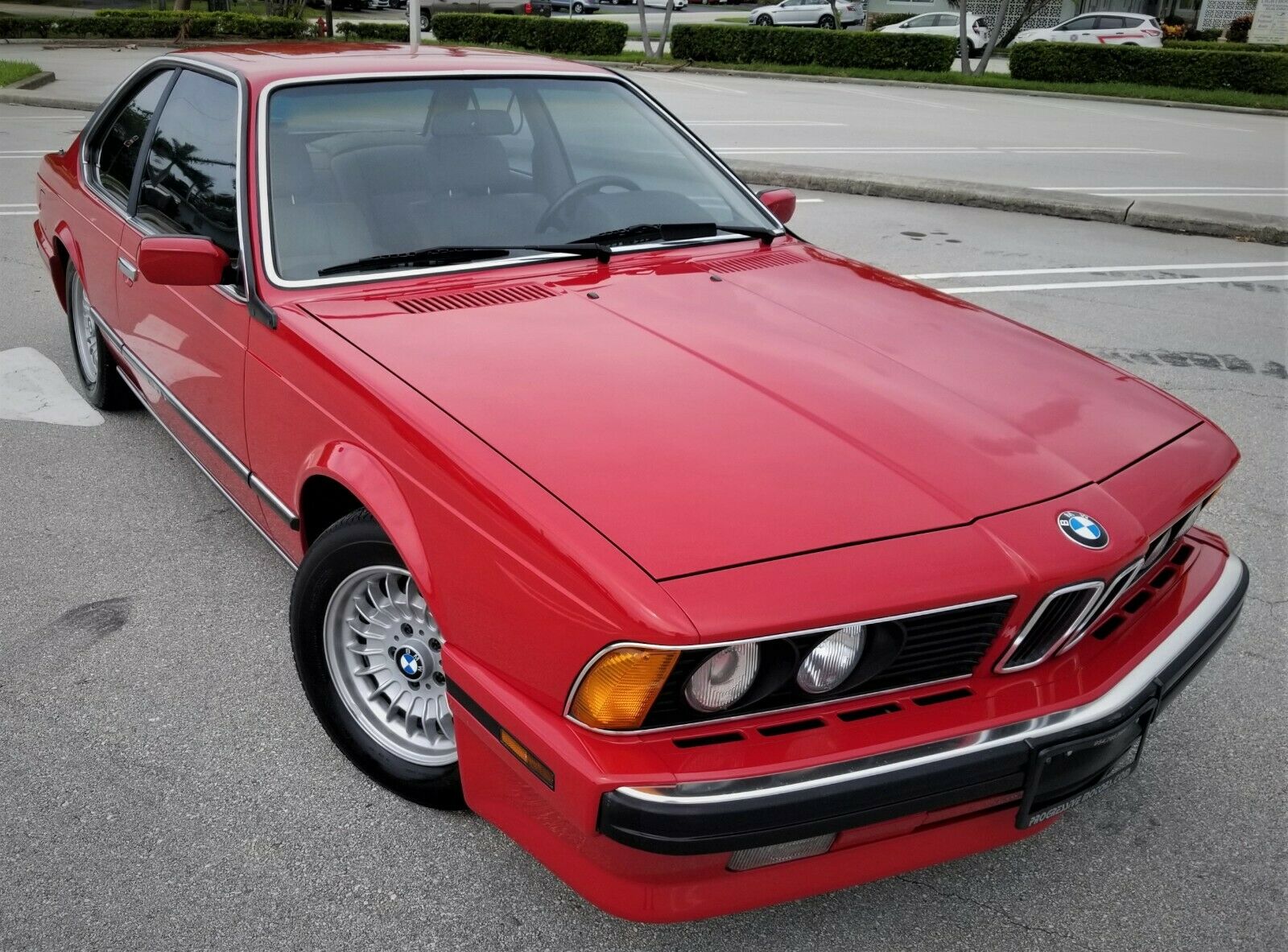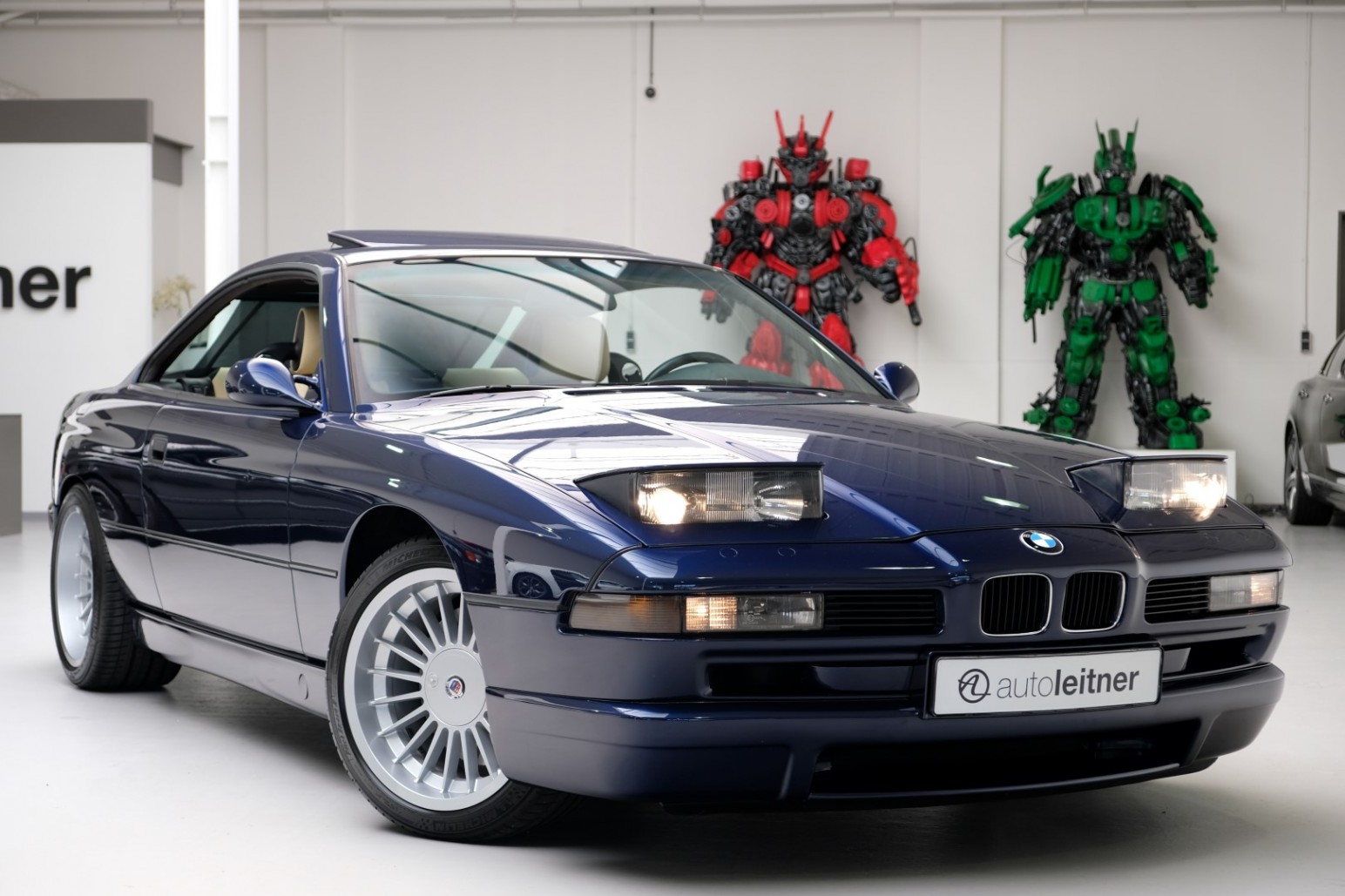Just in case the many special editions of the M3 and M4 didn’t strike your fancy, in 2020 BMW launched yet another limited-edition of the outgoing F82 M4. Dubbed the Heritage Edition, it was effectively a Competition model in one of three exterior colors mimicking the Motorsport logo. You could choose from the shades of Laguna Seca Blue, Imola Red II, or today’s choice – Velvet Blue – and you got a special M-striped carbon-fiber roof panel, special interior trim, and the choice of a six-speed manual or the seven-speed DCT transmission. Production was limited to 750 units worldwide, and so collectability is almost assured for the future:
Tag: BMW
BMW’s Individual department really hit its stride in the F8x series cars, with a tremendous amount of custom-painted M3s and M4s streaming into our country alone. A claimed 1,193 M3 sedans were specified through BMW Individual before making their way to the US; to give some perspective, that’s only slightly less than the entire North American E28 M5 run. 96 of the F80s run through Individual were finished in today’s shade of Ferrari Red, but this one also has a special surprise inside:
CLICK FOR DETAILS: 2016 BMW M3 on eBay
6 CommentsRecently I looked at a post-War oddity, the EMW 327.
Although it was the BMW that wasn’t a BMW, the company itself was busy with its first post-War offering – and it was an unusual one in many ways. In 1952, the company launched the large 501 models. Under the hood was the 326’s inline-6 powerplant, but the new bodywork, ornate details, and large scale gained it the nickname “Baroque Angel”. In 1954, BMW introduced an all-new 2.6-liter V8, which increased horsepower to nearly 100; about a 40% increase over the initial 501 offering. The alloy V8 would be the first of the company’s history, but wouldn’t last long – BMW used it in the 50X series cars, but reverted to four and six cylinder engines until the M60 was introduced in the 1990s. At the same time as the new motor was rolled out the company introduced the 502, which was essentially an upscale version of the 501 with additional chrome and equipment. Improvements continued to stream in; a 3.2-liter V8, disc brakes, and even a late run ‘505’ upscale limousine carried the model into the early 1960s. The V8-powered versions were also claimed to be the fastest German production sedans in period. 501s and 502s were also built in multiple configurations, including sedans, coupes, and convertibles. Today’s sedan example comes from the middle of the run, and these are rare enough to see that it’s worth a look:
